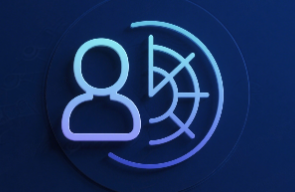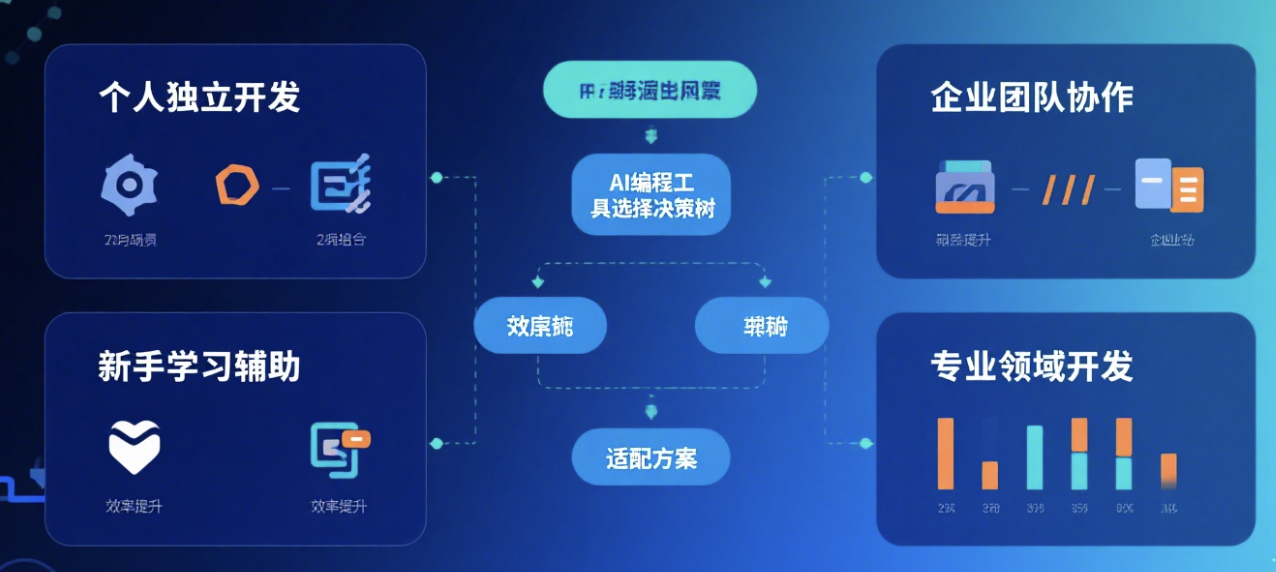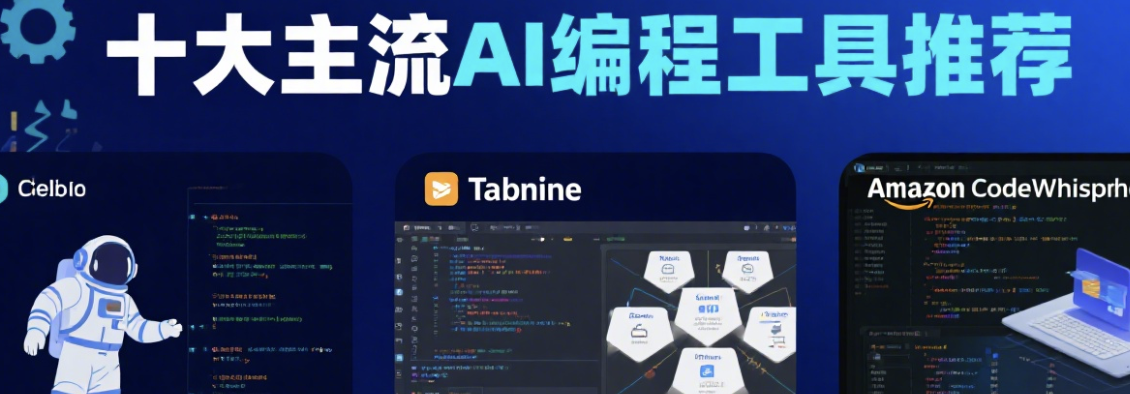The marketer's AI toolbox: from copywriting to data analysis. AI, artificial intelligence and AI tools have become standard in the marketing department. With the help of large models such as ChatGPT and Claude, creativity, copywriting, design, delivery and data analysis are fully intelligent and automated, and the marketing team can produce content faster, reach users more accurately, and optimize delivery with data closed-loop.
1. Overview of AI Toolbox: The Core Lineup from Creativity to Analysis
1. ChatGPT (General Creative and Copywriting)
AI tools have outstanding advantages in copywriting generation and multi-version A/B. ChatGPT can quickly generate advertising headlines, long and short copy, and landing page structures, and intelligently generate emails, social media, and speech scripts, which is suitable for high-frequency multiplexing and automation scenarios.
2. Claude (Strategy Long Essay and Proofreading)
Artificial intelligence is more stable in long-form reasoning and risk control. Claude can combine research and interviews, output brand narratives and activity plans, and review terms, sensitive words and styles to ensure that the creation of large models is both efficient and controllable.
3. Jasper AI (Marketing Copywriting Engine)
Jasper AI focuses on marketing template libraries, covering e-commerce details, ad variants, and SEO meta information. When combined with ChatGPT, it can form an automated link of "generation + rewriting + localization", significantly shortening content turnover.
4. Copy.ai (Multi-channel Content Automation)
AI tools provide one-click generation and batch rewriting for emails, SMS, social media and blogs, and optimize the beginning and CTA according to the channel algorithm to make intelligent distribution closer to the characteristics of the platform.
5. Canva AI (Magic Design)
Canva's AI capabilities can automatically typeset KVs, advertising images and social media cards, and intelligently adapt to multiple sizes with one click after uploading brand fonts, reducing the waiting time for design.
6. Midjourney/Stable Diffusion (creative visual generation) Large
model image generation is suitable for concept posters, mood boards and style exploration. First, ChatGPT is used to write prompts, and then Claude is used to unify the visual tone to form an automated process of "prompt engineering-drawing-review".
7. HubSpot AI (Marketing Automation and Lead Operation)
AI tools score and hierarchically reach forms and emails, automatically generate nurturing rhythms and personalized emails, and deposit them into the CRM to help teams continuously improve efficiency in the intelligent funnel.
8. Perplexity (Search Enhancement and Industry Research)
Perplexity is good at constructing evidence chains and contrasting contexts, which are used for competitive product disassembly, trend insights, and crowd portrait supplementation. Merge with Claude to output research white papers to reduce research costs.
9. Power BI Copilot (Data Narrative and Kanban)
Machine learning automatically generates charts and text interpretations, stringing exposure, clicks, conversions and ROI into data stories; Output review minutes in conjunction with ChatGPT to achieve automated analysis.
10. Notion AI (Knowledge Base and SOP Hub)
uses artificial intelligence to precipitate brand dictionaries, channel SOPs, material lists, and review templates, and manage event assets in versions, creating an AI tool base for marketing teams.
2. Workflow play: closed-loop from copywriting to data analysis
1. Insight and positioning
(1) Use Perplexity to collect trend and competitive product evidence, and ChatGPT generates user portraits and pain point summaries.
(2) Claude combines interview minutes and forum feedback to produce differentiated selling points and brand narratives.
(3) Notion AI archives insights and hypotheses to form an intelligent traceable knowledge base.
2. Creative and material production
(1) ChatGPT generates advertising headlines and copywriting variations in batches, and Jasper AI and Copy.ai fine-tune them according to channels.
(2) Midjourney and Stable Diffusion generate conceptual visions, and Canva AI adapts to them with one click and multiple terminals.
(3) Claude conducts style and sensitive word review to lock in brand consistency and compliance.
3. Distribution and automated operation
(1) HubSpot AI triggers email and social media rhythms based on lead scoring, automating the cultivation path.
(2) ChatGPT outputs customer service skills and FAQs to reduce response delays.
(3) Notion AI synchronizes assets with event milestones to ensure cross-team alignment.
4. Attribution and data analysis
(1) Import platform data into Power BI Copilot to automatically generate conversions, CAC, and ROI interpretation.
(2) Claude writes difference analysis and next step suggestions, and ChatGPT generates weekly reports and roadshow outlines.
(3) Precipitate efficient copy and materials into the Notion AI template library to form reusable assets.
3. 30-60-90 days landing route and measurement
1. First 30 days: infrastructure and pilot
(1) Establish a brand dictionary, banned words and prompt engineering library, which will be shared by ChatGPT and Claude.
(2) Pilot with a key channel: copywriting is produced by Jasper AI and Copy.ai, and visuals are quickly adapted by Canva AI.
(3) Notion AI builds material libraries and SOPs to form an intelligent collaboration base.
2. 31-60 days: Automated expansion
(1) Access HubSpot AI to run cultivation rhythm and lead scoring, and connect forms and emails.
(2) Use Perplexity to refine the industry evidence, and Claude merges into a competitor manual.
(3) Power BI Copilot launches the active Kanban board, reviews and solidifies the template on a weekly basis.
3. 61-90 days: scale and optimization
(1) Precipitate high-conversion prompts, layouts and discourse into standard parts.
(2) Carry out multi-channel A/B and multi-arm gambling optimization, and automate budget allocation.
(3) Establish quarterly reviews: efficiency, conversion and brand consistency are optimized in parallel.
4. KPIs, compliance and pitfall avoidance list
1. Three types of core KPIs
(1) Efficiency: content output cycle, approval time, automation coverage.
(2) Conversion: CTR, CVR, CPA, LTV and ROI.
(3) Quality: brand consistency hit rate, zero incidence rate of sensitive words, knowledge base hit rate.
2. Compliance and brand consistency
(1) Claude is responsible for long-form review and risk warning, and key outsourcing needs to be manually reviewed twice.
(2) Establish a material copyright ledger, published by Midjourney and Stable DiffusionFigure retention parameters and source description.
(3) Unified use of Notion AI to leave traces and versioning to ensure auditability and traceability.
3. Prompt Engineering and Style Library
(1) Fix the tone, target audience and structure for ChatGPT and Claude, and lock in the output stability.
(2) Canva AI creates brand templates to reduce individual differences.
(3) Write efficient speech and visual style into SOP to form intelligent reuse.
Frequently Asked Questions (Q&A)
Q: How should marketing teams prioritize AI tools?
A: First, ChatGPT and Jasper AI were used to solve the automation of copywriting production, then Canva AI and Midjourney were introduced for visual rapid production, then HubSpot AI was used to run automated cultivation, and finally Power BI Copilot closed-loop data and review.
Q: How do ChatGPT and Claude divide their labor in marketing scenarios?
A: ChatGPT is creative and multi-version generation, suitable for advertising and social media; Claude is a long-form essay and reviewer, suitable for strategy, white paper and risk control; The linkage between the two makes AI tools fast and stable.
Q: How does the image model ensure brand consistency?
A: First, Claude solidifies the brand dictionary and prohibited words, then uses ChatGPT to generate standard prompts, Midjourney and Stable Diffusion generate images according to unified style parameters, and finally uses Canva AI to adapt the size and layout.
Q: How can data analytics automate narratives?
A: Use Power BI Copilot to automatically generate charts and text interpretations, Claude to supplement difference analysis and next step suggestions, and ChatGPT to output weekly reports and road speeches to achieve intelligent data narrative closure.
Q: How can small and medium-sized teams build AI workbenches at low cost?
A: Notion AI is used for knowledge base and SOP, ChatGPT is responsible for copywriting, Canva AI is used for visuals, HubSpot AI is used for lightweight automation, and Perplexity and Power BI Copilot are used to complete research and analysis.
Q: How to measure the real benefits of AI tools?
A: Look at efficiency and conversion at the same time: the output cycle decreases, the automation coverage increases, and the CTR, CVR, and ROI increase; Incorporate man-hour savings and new revenue into the monthly review to form a quantifiable intelligent income statement.




